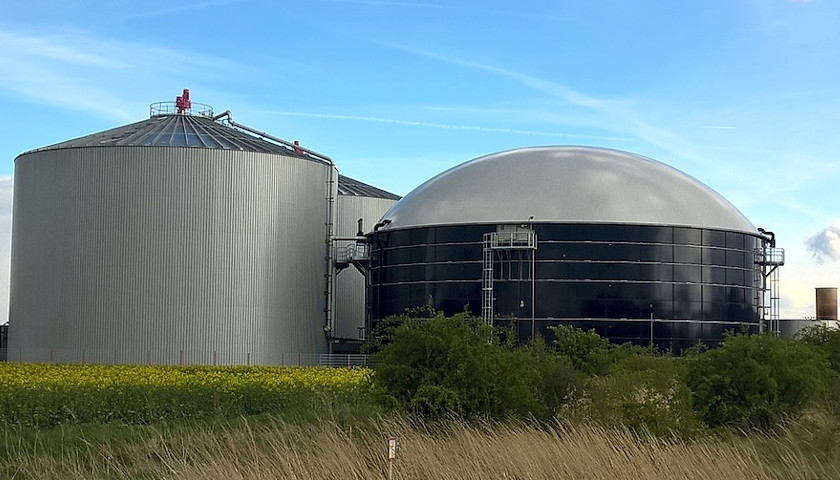by Bethany Blankley
Natural gas outpaced renewable energy options in the reduction of greenhouse gas emissions, according to a recent report published by the U.S. Energy Information Administration (EIA).
While energy and electricity production has changed substantially over the years, natural gas is emerging as the cleanest, lowest-impact fossil fuel source for generating power, the report indicates.
The shift in the U.S. to building more natural gas power plants has led to the reduction of more than 2.8 million metric tons of carbon dioxide emissions since 2005.
The analysis examines economic trends and changes in fuel mix that influence energy-related carbon dioxide (CO2) emissions in the U.S. As a result, most of the CO2 emissions being discussed are the result of fossil fuel combustion or their use in the petrochemical and related industries, the report states.
In the short term, energy-related CO2 emissions are influenced by the weather, fuel prices and disruptions in electricity generation. In the long term, CO2 emissions are influenced by public policy, reduced costs and improved efficiencies of new technology, demand-side efficiency gains and economic trends, according to the report.
A major factor in recent reductions in the carbon intensity of electric generation in the U.S. is the reduced generation of electricity using coal while increasingly using natural gas. Natural gas emits less carbon dioxide for the same amount of electricity generated, and non-carbon generation (including renewables), which don’t emit the gas.
Between 2005 and 2018, EIA has calculated that cumulative U.S. C02 emissions reductions attributable specifically to shifts from coal to natural gas and to non-carbon generation totaled 4,621 million metric tons (MMmt). Of this total, 2,823 MMmt resulted from decreased use of coal and increased use of natural gas; 1,799 MMmt resulted from decreased use of coal and increased use of non-carbon generation sources.
Between 2005 and 2017, total U.S. electricity generation increased by almost 4 percent while related C02 emissions fell by 27 percent. During the same period, fossil fuel electricity generation declined by roughly 9 percent, and non-carbon electricity generation increased by 35 percent.
– – –
Bethany Blankley is a contributor to The Center Square.





